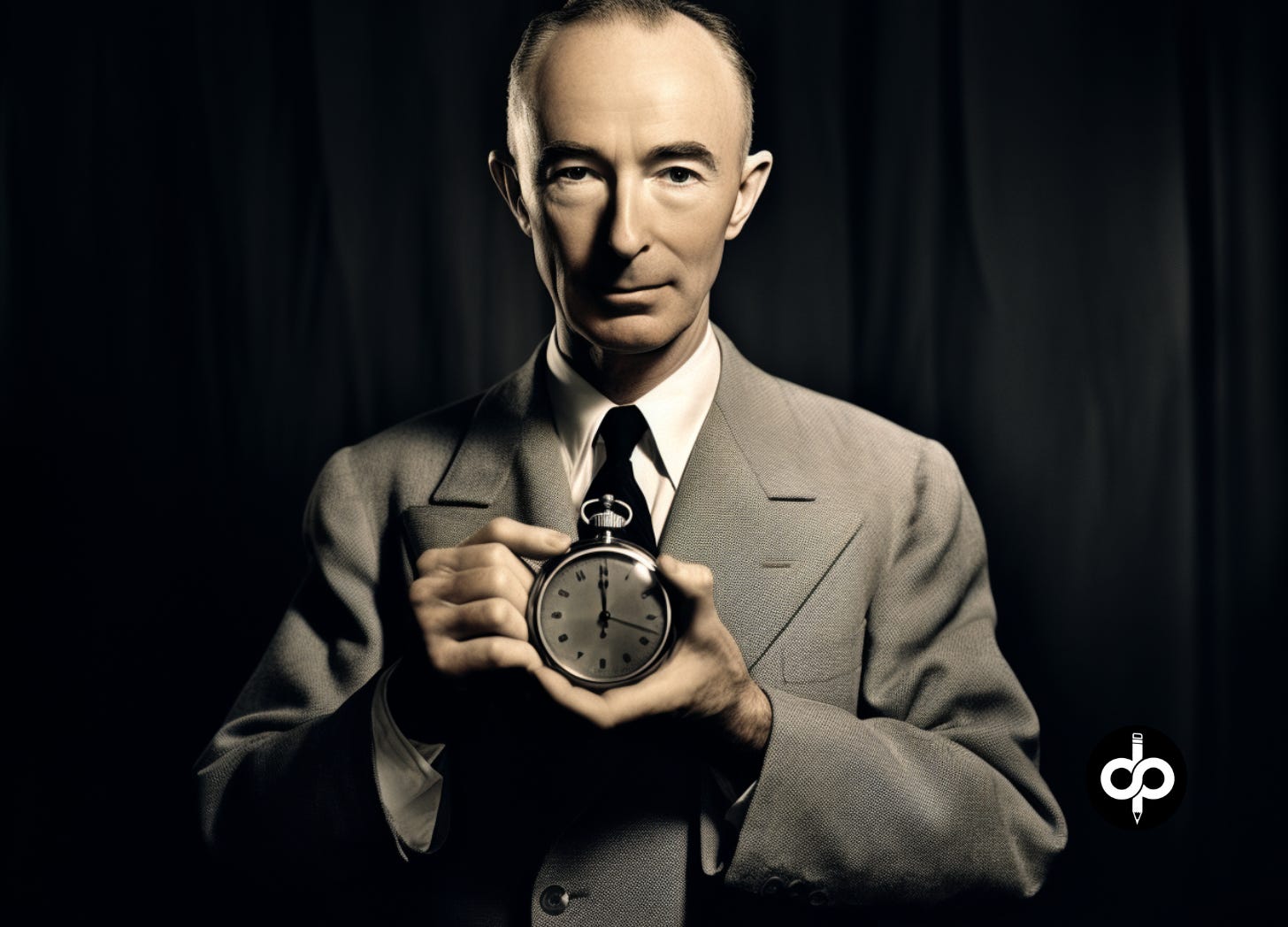Yesterday, my new book came out. And it’s not about thought leadership or marketing. It’s actually a novel book I wrote with my wife and our youngest son.
I’ll tell you more about it in a moment.
Last week, I distilled some thought leadership lessons from a science fiction novel and showed you how to use analogies and storytelling to communicate your POV.
…
Keep reading with a 7-day free trial
Subscribe to Thinking About AI to keep reading this post and get 7 days of free access to the full post archives.




